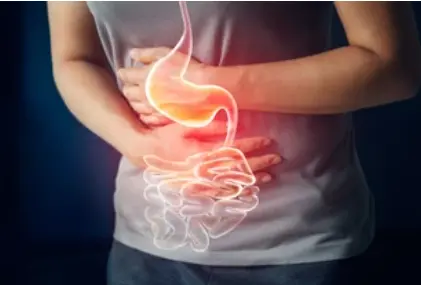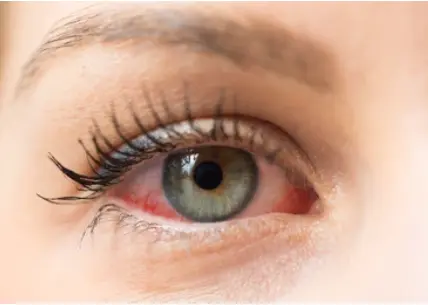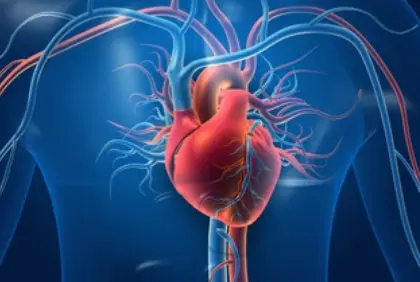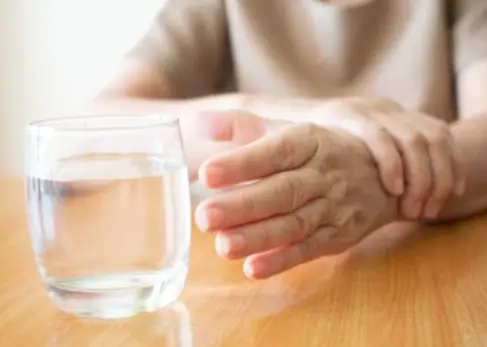 Welcome
Welcome
“May all be happy, may all be healed, may all be at peace and may no one ever suffer."
Juvenile idiopathic arthritis - Generics
Juvenile idiopathic arthritis (JIA), also known as juvenile rheumatoid arthritis (JRA), is a chronic autoimmune disease that affects children under the age of 16. It is characterized by inflammation in the joints, which can lead to pain, swelling, stiffness, and limited mobility.
The exact cause of JIA is unknown, but it is believed to be a combination of genetic and environmental factors. It is thought that certain genes may make a child more susceptible to developing the condition, while environmental factors such as infections or other illnesses may trigger the onset of symptoms.
There are several different types of JIA, including oligoarticular JIA, which affects four or fewer joints in the body; polyarticular JIA, which affects five or more joints; and systemic JIA, which affects multiple joints and other parts of the body such as the organs and skin.
Treatment for JIA is focused on reducing inflammation, relieving pain, and preserving joint function. This may involve a combination of medications such as nonsteroidal anti-inflammatory drugs (NSAIDs), disease-modifying antirheumatic drugs (DMARDs), and biologic agents. Physical therapy and occupational therapy may also be recommended to help improve joint function and mobility.
While there is currently no cure for JIA, many children with the condition are able to manage their symptoms and lead active, fulfilling lives. Regular monitoring by a healthcare professional and adherence to treatment plans can help to minimize joint damage and improve long-term outcomes.
In conclusion, JIA is a chronic autoimmune disease that affects children under the age of 16 and is characterized by inflammation in the joints. Treatment is focused on reducing inflammation, relieving pain, and preserving joint function, and may involve a combination of medications and therapies. Regular monitoring and adherence to treatment plans can help to manage symptoms and improve long-term outcomes.

Hypersecretory conditions

Central retinal vein occl...

Myocardial infarction

Parkinsonism

Hirsutism

Ocular inflammation

Corns

Cavities
Juvenile idiopathic arthritis, কিশোর ইডিয়োপ্যাথিক বাত
To be happy, beautiful, healthy, wealthy, hale and long-lived stay with DM3S.